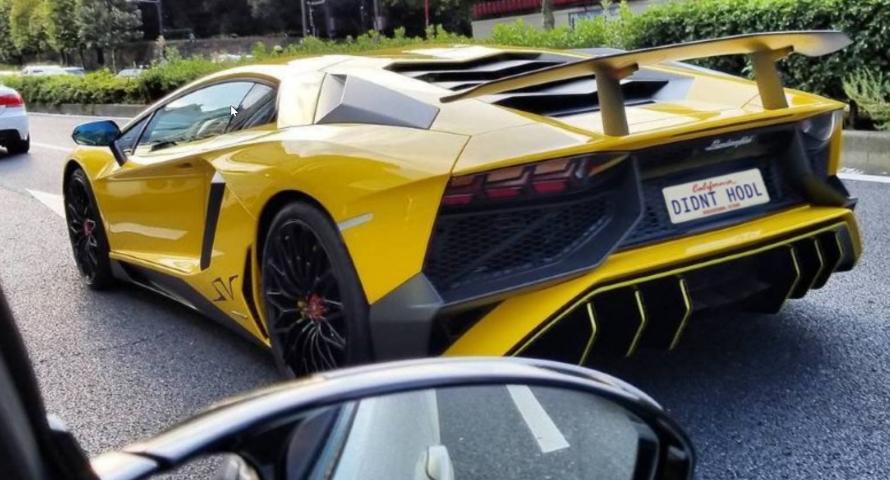
I’ve been watching the rollercoaster ride of cryptocurrencies very carefully for the last year, and it only struck me today that these are not currencies … yet. Apart from a few novelty vendors and merchants who put bitcoin on their websites, I don’t see many others accepting ether or XRP, and when I have tried to spend any crypto it has proven to be inordinately difficult. So why do we call these currencies?
Because eventually that is the hope. The hope is that one or two of these currencies, with bitcoin being the one that the punters are backing, will break out and become fully usable. Right now, it’s interesting however. Who spends bitcoin?
When I ask this question, I often get the reply: don’t think of bitcoin that way Chris; think of it as like Gold, and you can’t spend Gold in a supermarket, can you? A fairly stupid reply as Gold doesn’t claim to be a currency.
IIn fact, when I try to find out if anyone is running around using cryptocurrencies to pay for anything, I can’t find any stats or people talking about using it. In other words, these are assets, not currencies. As assets they are far more interesting. Adam Ludwin, the CEO and founder of Chain, explained it well in his superb blog response to Jamie Dimon called bitcoin a fraud last year .
Here’s my definition: cryptocurrencies are a new asset class that enable decentralized applications.
If this is true, your point of view on cryptocurrencies has very little to do with what you think about them in comparison to traditional currencies or securities, and everything to do with your opinion of decentralized applications and their value relative to current software models.
Don’t have an opinion on decentralized applications? Then you can’t possibly have one on cryptocurrencies yet, so read on.
And since this isn’t about cryptocurrencies vs. fiat currencies let’s stop using the word currency. It’s a head fake. It has way too much baggage and I notice that when you talk about Bitcoin in public you keep comparing it to the Dollar, Euro, and Yen. That comparison won’t help you understand what’s going on. In fact, it’s getting in the way. So for the rest of this note, I will refer to cryptocurrencies as crypto assets.
So, to repeat: crypto assets are a new asset class that enable decentralized applications.
I saw Adam talking about this at a recent conference and he mentioned that following this reply to Jamie, he was about to go into a meeting when his phone rang with a number he didn’t recognise.
“Hello Adam Ludwin”, he said as he answered the call.
“Hello Adam, this is Jamie Dimon”, said the caller.
It’s true, Jamie did call Adam and said his blog was a fantastic overview of what bitcoin and cryptocurrency really is, and helped him understand it much better. That’s progress for you.
Meanwhile, if you did want to use your bitcoins or other cryptocrurencies, here’s a few places you could use it:
- Overstock.com
- Expedia
- eGifter
- Newegg
- Shopify stores
- Dish
- Roadway Moving Company
- PizzaForCoins
- Intuit PayByCoin Services
- Microsoft
- Reeds Jewelers, Inc.
- Gyft
- CheapAir
You can even buy a gold cast of Nelson Mandela’s hands if you feel so inclined so yes, there are lots of places to use bitcoin.
Chris M Skinner
Chris Skinner is best known as an independent commentator on the financial markets through his blog, TheFinanser.com, as author of the bestselling book Digital Bank, and Chair of the European networking forum the Financial Services Club. He has been voted one of the most influential people in banking by The Financial Brand (as well as one of the best blogs), a FinTech Titan (Next Bank), one of the Fintech Leaders you need to follow (City AM, Deluxe and Jax Finance), as well as one of the Top 40 most influential people in financial technology by the Wall Street Journal's Financial News. To learn more click here...

